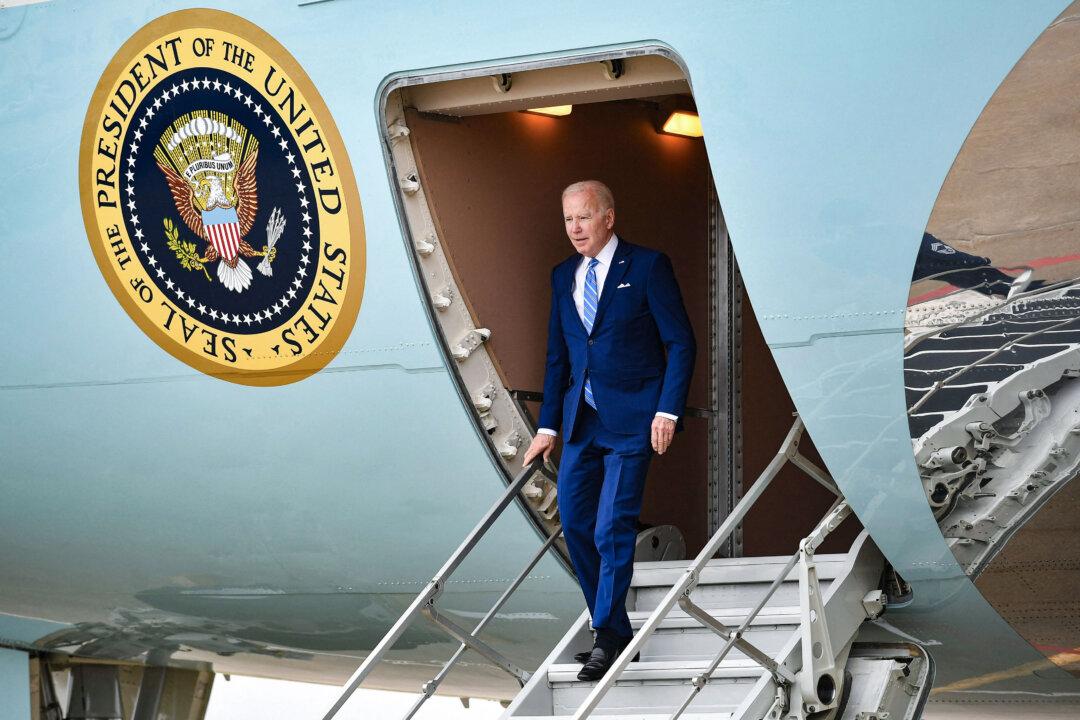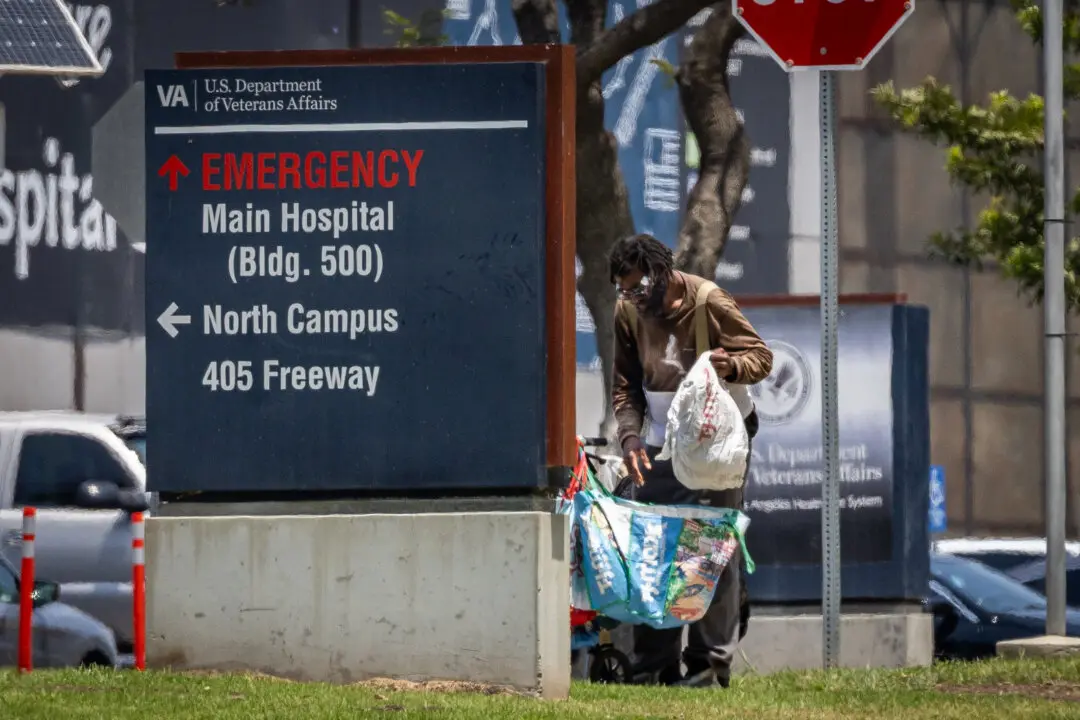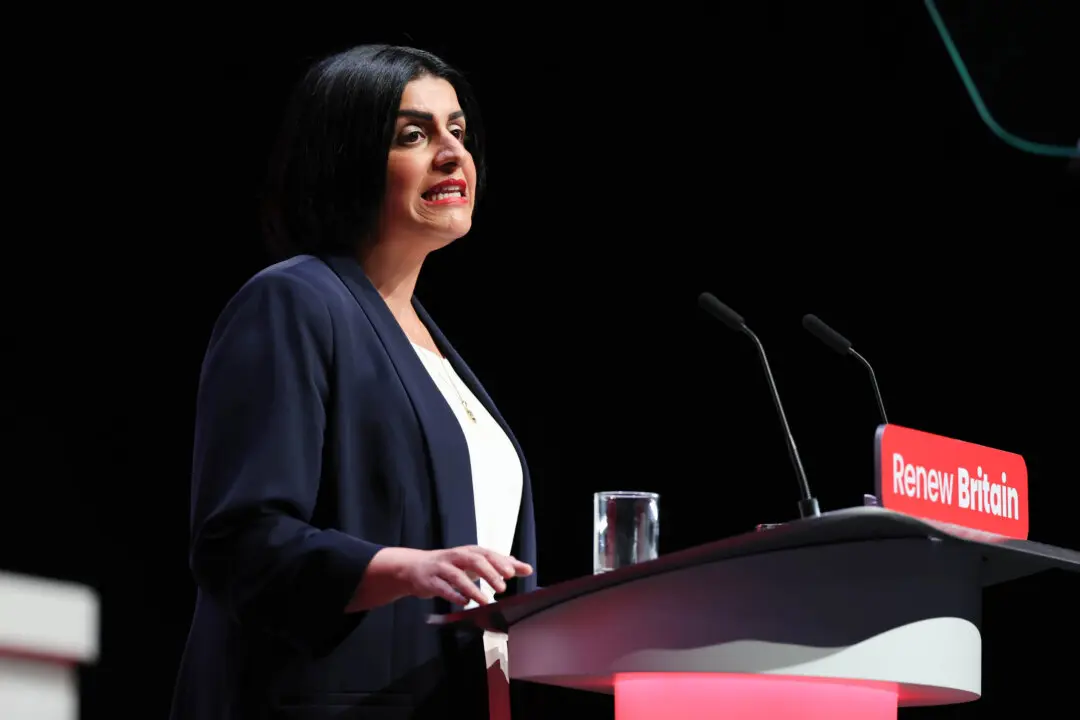The Biden era of American aviation officially ends on Jan. 20. Over the past four years, President Joe Biden’s administration has overseen profound changes that have had major impacts on air travel throughout the United States.
The federal government invested $15 billion in airport infrastructure, $105 billion in the FAA, increased regulatory oversight, and passed new rules to protect consumers.





